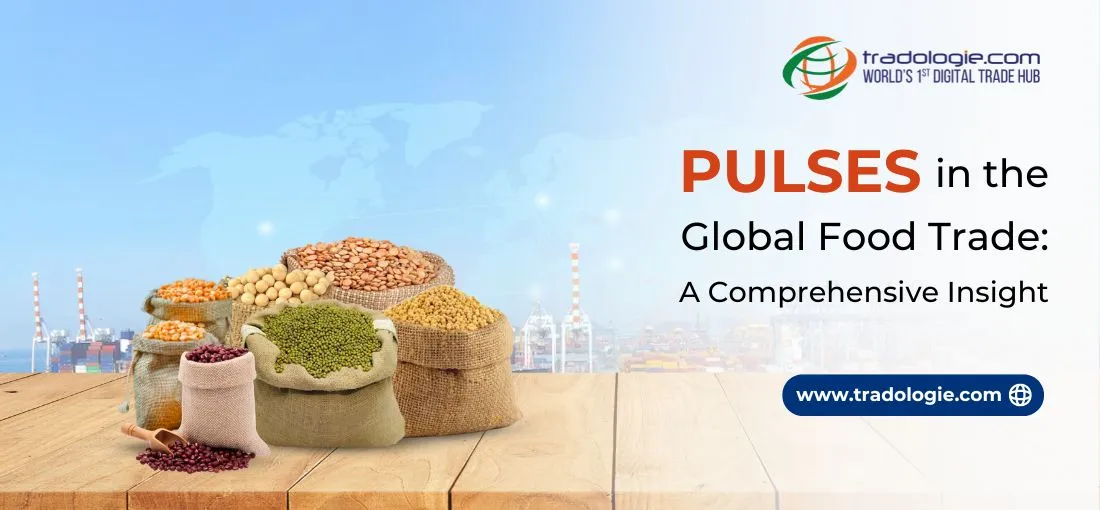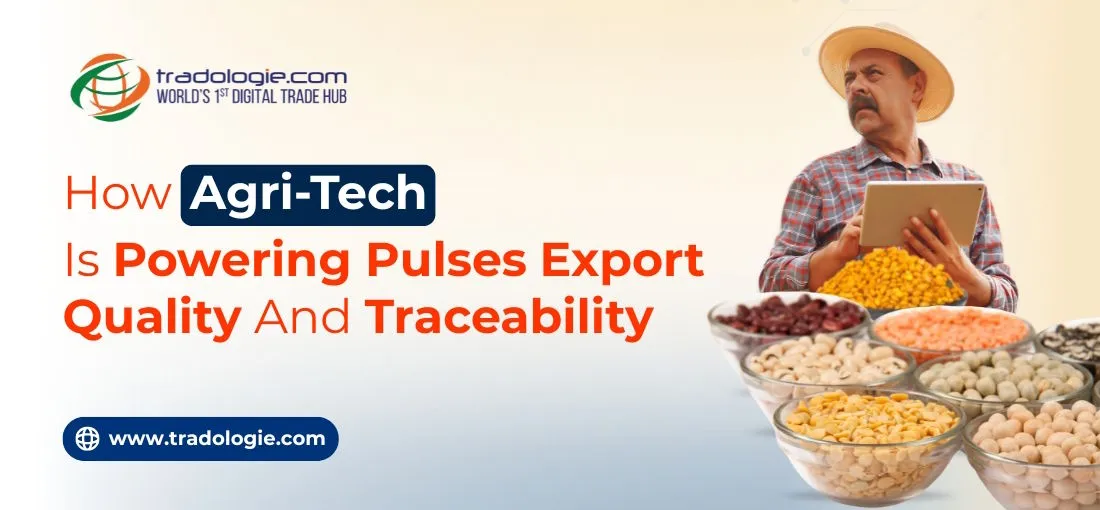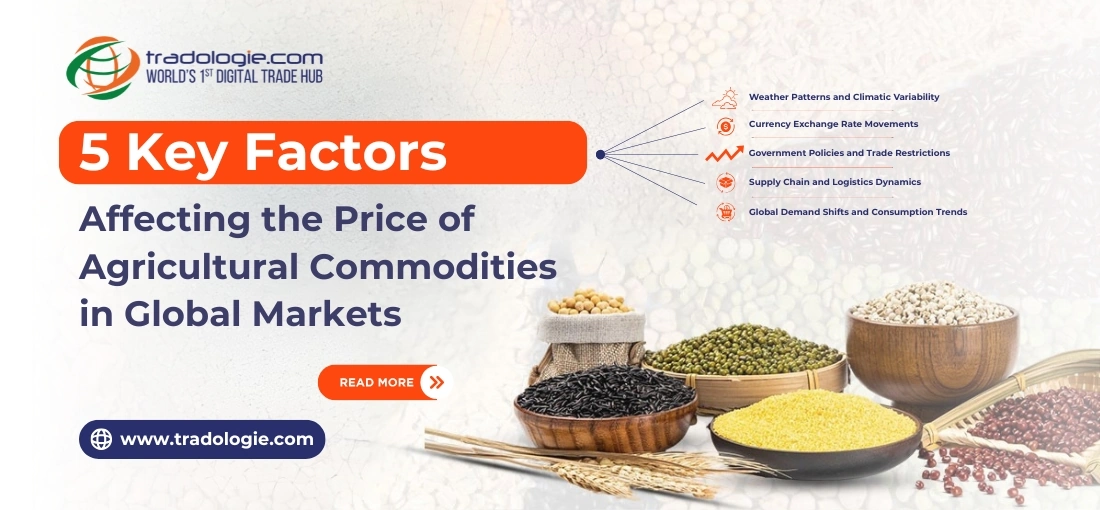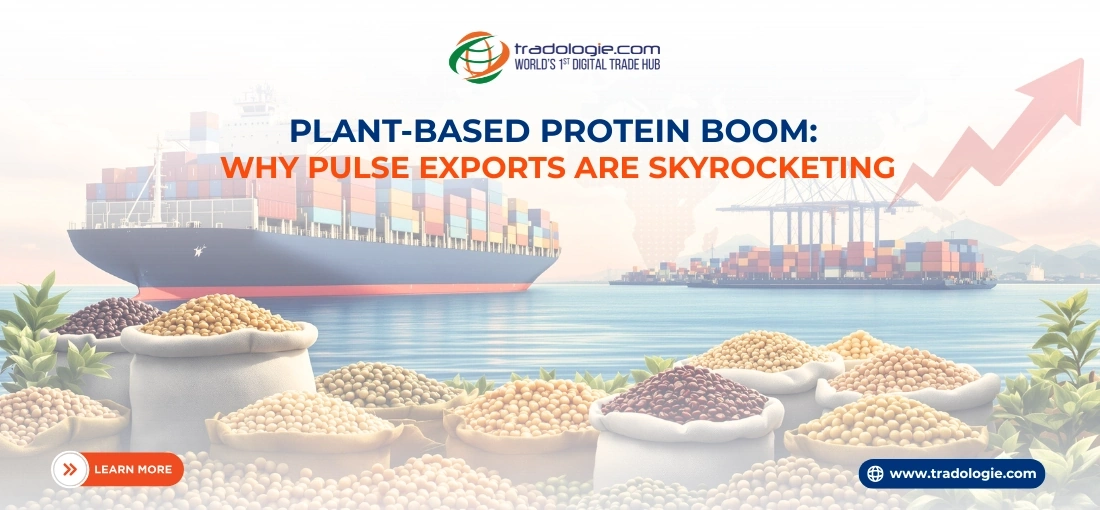Pulses in the Global Food Trade: A Comprehensive Insight
Pulses have been a part of the global food chain for many centuries. These multicoloured grains are an important source of a variety of nutrients and shape the dietary habits of numerous countries across the world. They also form a critical part of food security and cater to the needs of countries that heavily rely on the imports of grains. You are at the right place if you are among those folks interested in learning about the role of pulses in the global food cycle. This blog will cover every aspect related to pulses extensively. So, sit comfortably and keep reading this informative blog.
Historic Significance of Pulses
You will be surprised to know that the magnificent history of pulses goes back thousands of years. Its evidence of mass consumption is found in famous civilizations such as Egypt, Greece, and Mesopotamia. These ancient cultures quickly understood the versatility and nutritional value of pulses and included them in their diets. Another common reason could have been that pulses are known to grow easily in dry climates and prove to be vital food products when the cultivation of crops is largely difficult.
Perhaps, their adaptability to challenging conditions made them a lifeline for many civilizations, ensuring food security even in adverse times. As time passed, pulses started becoming a part of the staple diets of people across different parts of the world and some also started to export pulses in bulk Most importantly, they were easy to store and did not perish quickly. The durability of these grains made them a valuable commodity over time, eventually becoming a part of global trade..
Economic Importance of Pulses
There is no doubt that pulses are among the most significant crops traded globally and form a part of the stable diets for many countries. Their ability to grow in different types of climates and soil conditions makes them a reliable crop for farmers. Major countries that export pulses in bulk are Canada, Australia, and Russia. These countries not only produce pulses for domestic consumption but also cater to international markets, ensuring a steady supply for regions where pulses are less commonly grown. India is also an exporter, however, most of the time, it focuses on meeting its internal demands. Among all the 3 major countries mentioned, Canada is among the largest producers and exporters. With its advanced agricultural practices and favourable climate, this pulses-rich country has consistently contributed to the global pulse trade. In 2022, approximately 96 million metric tons of pulses were produced worldwide, and Canada was a major contributor to this international production. When it comes to imports, most European union countries and Asian countries in large import it. This underscores the crucial role that global trade plays in meeting the ever-growing demand for pulses.
Nutritional Benefits of Pulse
Pulses are a staple in diets all over the world because of their many health-related advantages. They are celebrated for their ability to provide essential nutrients while being low in calories. It is the most preferred food option for individuals seeking to maintain a low-calorie balanced diet.
Pulses are an affordable protein source for populations in many countries. Since animal-based proteins are not always the preferred options in diets, pulses serve as good sources of protein for large chunks of populations globally. Snacks, meal kits, and instant meals have also seen a wide scale of uses of pulses. More and more food manufacturing companies
Growth Opportunities for Exporters
It is interesting to not note that recently the concept of a plant-based diet is gaining enormous popularity. This increase is an extremely lucrative opportunity for exporters as more and more people are looking for pulses as a good source of protein. Even big food companies are laying a paramount emphasis on using its varieties in their food products as a source of high-quality nutrients. These dietary habits are also indicative of people becoming more inclined towards healthier and plant-based diets. It is important to monitor the increasing demands of different countries and capitalize on them instantly.
Conclusion:
In conclusion, pulses are a vital part of the global food trade. It is a part of the staple diet of many Asian and EU countries. Exporters and importers across the globe can leverage the demand of this lucrative commodity and make their food business grow.




